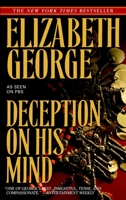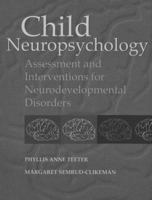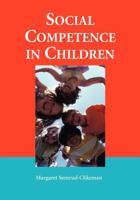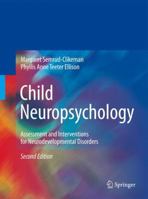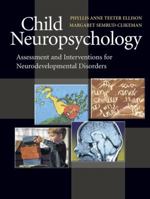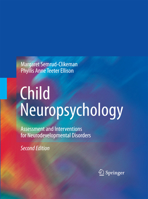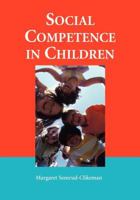Traumatic Brain Injury in Children and Adolescents: Assessment and Intervention
The return to school following traumatic brain injury (TBI) is fraught with challenges for children and adolescents, their families, and school professionals. This volume provides the practical knowledge needed to understand the neuropsychological problems associated with TBI and facilitate students' reintegration into the regular or special education classroom. Research-based strategies are presented for assessing and accommodating each student's needs, with suggestions for testing that can be completed by practitioners without extensive neuropsychological training. Featuring numerous illustrative clinical examples, the book also includes an extended case history that brings to life the entire process of recovery from TBI. Reviewing basic neuroanatomy, the book first discusses the functional problems and areas of learning difficulty that typically arise from different types of injury. It explores the associated emotional challenges and issues facing families, emphasizing the importance of working closely with parents and building effective home-school partnerships. Identified and briefly described are over 30 psychological measures that can be used to evaluate cognitive and academic skills; memory and learning; attention; executive and reasoning skills; visual-motor and perceptual skills; and psychosocial, emotional, and behavioral functioning. Detailed sample assessments are provided for two students with injuries of varying severity, showing how test results and other information can be integrated into a useful comprehensive report. Guidelines are then presented for managing school reentry and conducting team-based planning and decision making. General programming considerations are discussed, as are specific interventions that incorporate knowledge from the fields of ADHD, learning disabilities, and adult rehabilitation. Written in a clear, non-technical style, this book is an essential resource for school psychologists, counselors, and social workers; special education professionals; and other clinicians working with young people. It will also serve as a text in graduate-level neuropsychological assessment courses.
Format:Hardcover
Language:English
ISBN:1572306866
ISBN13:9781572306868
Release Date:August 2001
Publisher:Guilford Publications
Length:211 Pages
Weight:1.65 lbs.
Dimensions:0.8" x 6.3" x 9.3"
You Might Also Enjoy
More by Margaret Semrud-Clikeman
Customer Reviews
2 customer ratings | 2 reviews
Rated 5 starsall books in order
By Thriftbooks.com User,
Just a short comment on this books. It is great. Read the others comments for more details. I just want write down the order of the Lynley and Havers series. For all other how have wondered as well here are all the books in order.1. A Suitable Veangance2. A great Deliverance3. Well Schooled Murder4. Payment In Blood5. For The Sake Of Elena6. Missing Joseph7. PLaying For The Ashes8. Deception On His Mind9. A Traitor...
1Report
























